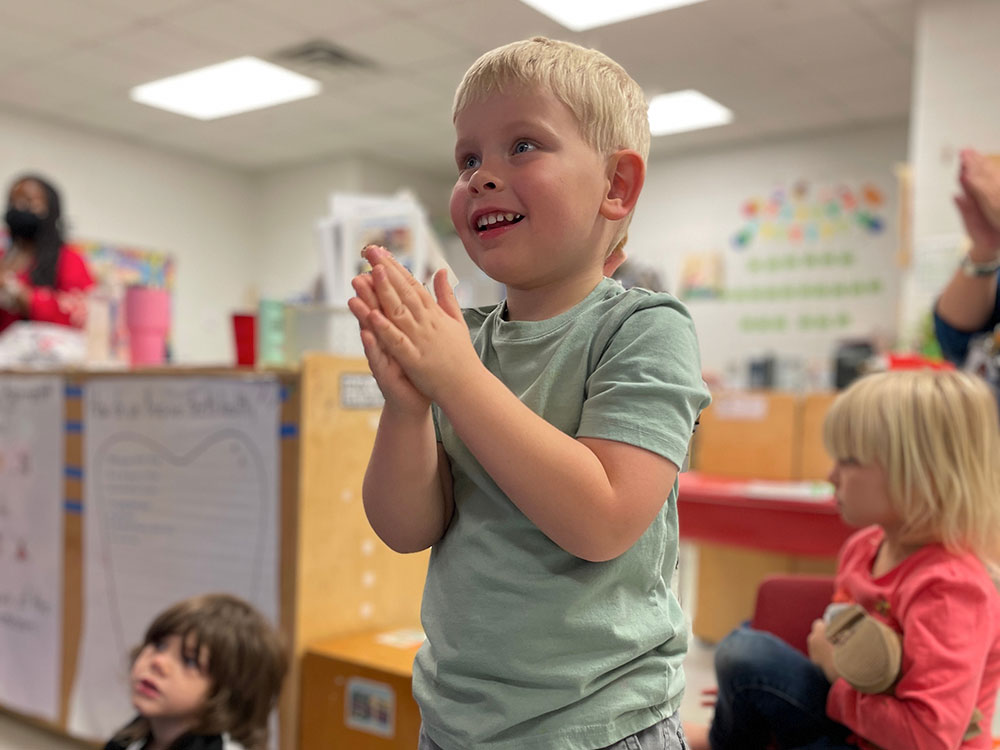How is Arts Integration Engaging Students in Learning?
How is Arts Integration Engaging Students in Learning?

Arts integration, as defined by the Kennedy Center, means an approach to teaching in which students construct and demonstrate understanding through an art form. There is a lot to unpack in those words, but the most meaningful phrase might be “approach to teaching.”
In an article published by the National Education Association, JoAnne Knight - a teacher in Alaska - shares how embracing and thoughtfully implementing arts-in-education teaching techniques has transformed her career, her students’ learning experiences, and her school. She even credits the arts integration curriculum for retaining young, high-quality teachers in her area thanks to the consistency of the model funded by a 10-year grant.
Teachers interviewed noted they feel inspired when their students are more engaged with learning, and so the cycle is a continuous one with the potential for amazing results. We hear this all the time from our school and educator partners, especially when it comes to developing strategies to engage students in the classroom for students who may learn differently or are having a more difficult time socially.
Anne-Marie Maloney, an English teacher in Maryland, finds this to be true with her middle school students. In the article, she notes that humans have a need for self-expression and interaction, so it’s unrealistic to expect students to just sit passively and absorb information. Thinking about how to engage learners is critical to success. The tween and teen years are difficult for many students as they experience new phases of life – friendships and social interactions have bigger consequences – so feeling confident to express themselves around their peers takes on a whole new importance.
She notes that they are typically shy to start, but once she is able to implement arts-in-education strategies and teaching techniques, the students begin to open up and really engage in learning and with one another.
The NEA article wraps up with 5 reasons to use arts integration strategies, which are creative ways to engage students. We can’t help but agree and wanted to share them here:
- Creates Student Buy-In. When the arts are intentionally integrated into classes, students become active participants in their learning. ArtsNOW student participants tell us how much they love learning all the time!
- Builds Critical Thinking Skills. Students develop life skills through arts-in-education experiences; things like problem-solving, collaboration, innovation, perseverance, and confidence are built into the model.
- Empowers Educators and Students. This is our favorite one! At ArtsNOW, we believe that teachers are champions and students are heroes of their learning.
- Affords Equity. Arts integration helps students of all learning styles and abilities connect to subject matter and deepen their understanding in a way that traditional techniques do not often allow for. This helps bridge learning gaps, especially as we continue to recover from the learning loss of the pandemic.
- Provides Connective Learning. Students are able to make connections to what they are learning based on the art they create. The medium may change based on the lesson, but the takeaways remain constant.
Are you interested in how these teaching techniques can help you engage your students in learning? We have professional learning opportunities available for educators that provide arts integrated, engaging strategies directly aligned to content standards! Connect with us to learn how to get started or make a charitable donation to help ArtsNOW continue positively impacting students, teachers and school communities!
Pam Walker
President and CEO
artsNOW
